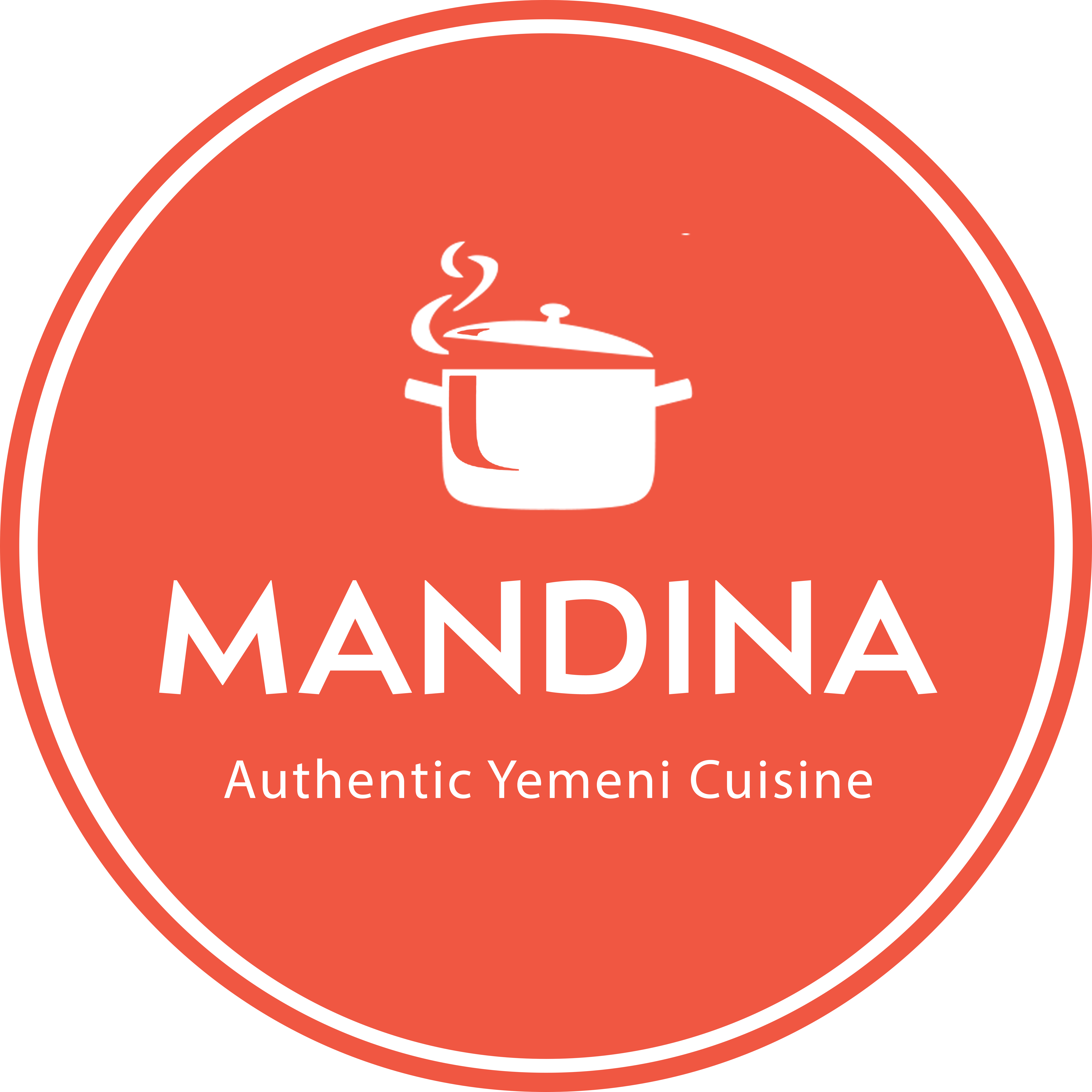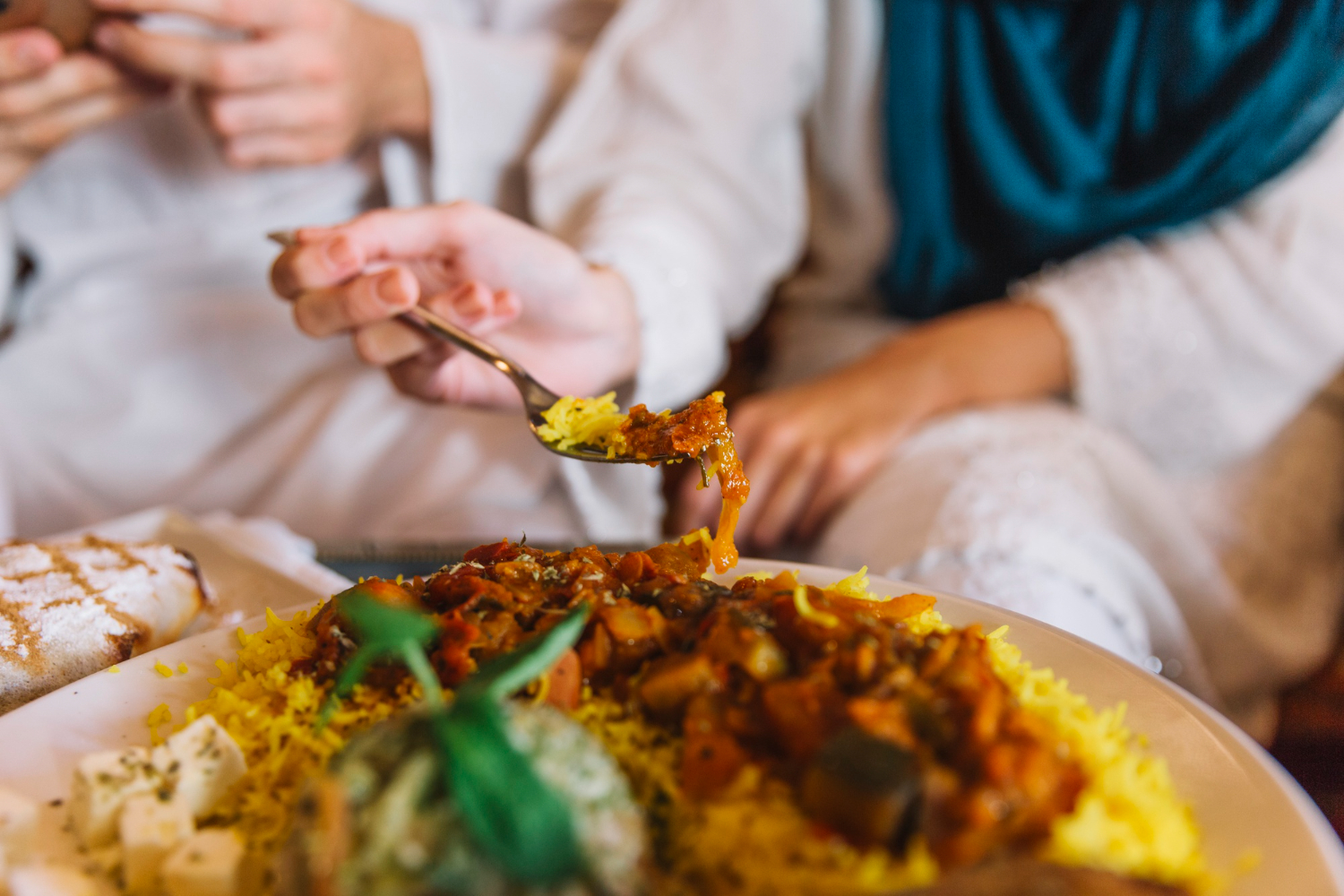The art of making and cooking dishes around the world and the entry of making and cooking foods into the World Heritage List (UNESCO) are evidence of the importance of the art of cooking and serving food, as it is one of the bridges of communication between the peoples of the world and a beautiful and simple method for the culture of integration and learning about other cultures and accepting them in the age of globalization, with an emphasis on preserving our identity and lofty values.
Also, our ancient and generations-long heritage has become tangible in the spread of our Arabic cuisine with its delicious and varied dishes along its geography from the Gulf to the ocean.
Therefore, we notice the admiration and enthusiasm of other cultures and peoples to experience the beauty and nobility of our Arab cuisine, starting from the main dishes to appetizers, sweets, baked goods, and refreshing cold drinks, passing through the symbol of authentic Arab hospitality, coffee, and its association with generosity and hospitality, to tea and its different preparation methods that reflect the culture of every region in our Arab world. Each region has a unique touch and style in its preparation and presentation.
Yemeni cuisine is one of the most diverse and colorful cuisines in the Arabian Peninsula in terms of its components and varieties; its history is ancient, extending for hundreds of years, and is linked to the civilization and history of the land of Yemen.
The most popular main dishes are al-Mandi of both types: chicken, meat, buried, madhbi, and haneeth, in addition to other dishes such as fahsa, salad, porridge, and shafut. The most important is the hot sauce that adds its own flavor to all Yemeni dishes and is known as sahawiq.
Chicken and lamb are eaten more than beef. Fish is also eaten, especially in coastal areas. Butter cheese and other dairy products are less prevalent in the Yemeni diet, but curd (haqin) is popular and consumed almost daily, especially in villages where it is widely available.
The most widely used fats are vegetable oils in sweet dishes and margarine in the manufacture of dough and baked goods such as khameer, masoub, marsa, and date porridge. as well as drinks, the most famous of which are Adeni tea and coffee husks.
Al-Mandi is a traditional Hadrami dish that the people of Hadramout are famous for, and it is spread throughout the Gulf countries in general. Al-Mandi is a dish consisting of rice and meat or chicken. The meat or chicken is seasoned with Arabic spices and placed in its own oven, similar to a tandoor. It is cooked with the heat of hot embers, taking advantage of the juice formed from the grilling process while boiling the rice to add a unique taste mixed with fat and richness. Barbecue flavour.
On the authority of Mandina, or as the proverb says, “the eye eats before the mouth.”
Therefore, at Mandina Restaurant, we are keen to serve you food in a warm family atmosphere with beautiful and simple details that make your visit to us a certificate of trust that we cherish and appreciate.
The passion is also reflected in the food, decor, and service of this restaurant. Enjoy the authentic flavor and sophistication of the service in a one-of-a-kind experience and a dining invitation tailored specifically for you and your loved ones.
Why we are the best: The staff is very friendly, and you can tell that the restaurant is family-run. All dishes are prepared fresh daily while preserving the original flavor and fragrant spices that add a distinctive taste to the dishes.

